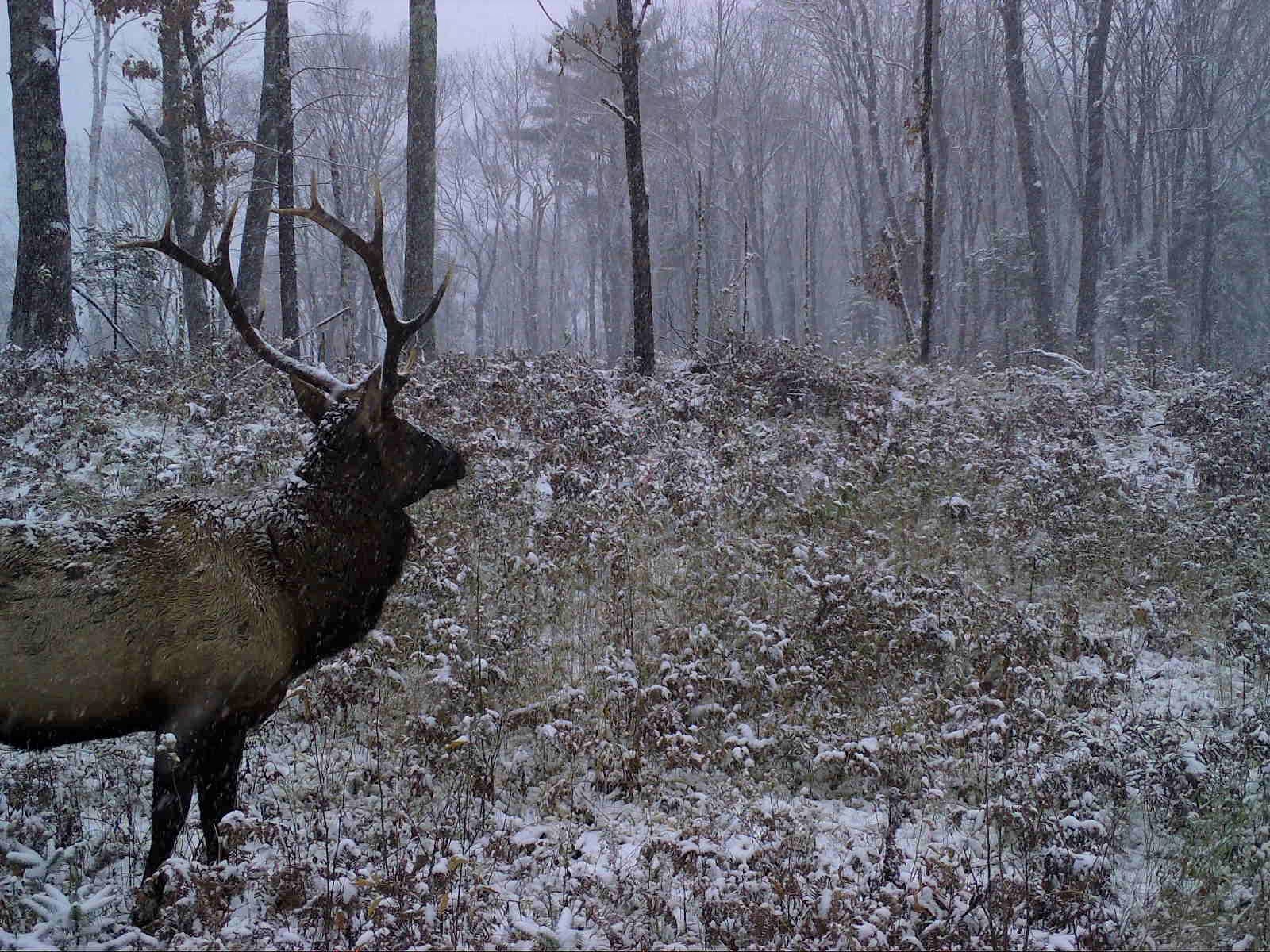Hello Clam Lake!
We had reminder of what winter can be this past week when temperatures dipped down well into the below zero range. I’d heard reports of -17 from some. Thankfully, the temps rebounded after the full moon. Back to more pleasant, yet unseasonable, temperatures. Thank you Mother Nature – I’ll take it!
REMINDER: Free covid-19 testing is available at the Winter Fire Hall from 9:00 to 1:00 every Wednesday for anyone over five that is wanting a test. If you are experiencing symptoms or have been exposed please get tested to protect your health and that of your friends and neighbors. Thank you!
EVENING GROSBEAK/RED POLL REPORT: Jan Sharp, our resident birder, reported having 72 evening grosbeaks and 28 Red Polls at her feeder one morning last week. Wow! She said they will be heading north within the next month or so. Must be filling up for their trek.
PUPPY PLAY DATE: One day last week the Filters dogs, Lucky and Trax, hosted a play date for Bentley, our Post Master’s ever growing St. Bernard puppy. From all accounts all the pups had a great time although the Filter’s cats were not impressed.
JUNCTION UPGRADE: Stopped for gas at the Clam Lake Junction one day last week and was pleasantly surprised to see that new pumps have been installed. The new pumps feature a touch less payment option (very nice!) and will offer diesel fuel come summer when the tanks can be installed. Always good to see improvements within our village! Thanks go out to Lyn Hartl, owner of the Clam Lake Junction, for the upgrade!
ELK WINTER UPDATE: I spoke with Josh Spiegel, our Wildlife/Elk Biologist about the changes that occur with elk dynamics during the winter as opposed to the other seasons of the year. He stated that elk do tend to form harem groups or small clusters of animals in the winter. The size of the group will be larger if the winter is more severe. Since this year has been mild up to this point, there may be smaller groups of animals traveling around together. The mild winter provides less stress for the animals and bodes well for their survival. Also less snowfall allows them to find food much easier and gives them the mobility to out pace possible predators. Josh said the hardest element of winter for elk is when the snow becomes deep with a layer of crusty snow on top such as we see form during warm ups in the spring. This layer of crust makes it more difficult for the elk, with their thin legs, to run as fast as they need when trying to escape lighter weight predators that can run on top the crust thus making them more vulnerable to predation. In winter, their food groups change from their summer diet of low buds, branches and grasses to tree shoots and the branch ends of trees – aspen being an especial favorite. Josh also shared some info on Ruff Grouse and their habit of making “snow roosts” when there is a layer of light fluffy snow. The grouse will burrow in the snow making a nest of sorts for themselves using the snow as a natural insulation. Often times this is not even noticeable unless one happens upon them. Josh commented that the layer of crusty snow that can make life difficult for the elk can also hamper the “snow roosting” of the grouse. When the crust forms they will try to dive into their nest often breaking their necks on the crust in the process. Sadly, conditions like this will affect the upcoming year’s grouse population. With winter being on the milder side this year things are looking good for the creatures of our forest both great and small.
Until next week….
Pictured is a bull elk enjoying a stroll on a winter’s day as the snow falls around and on him.



